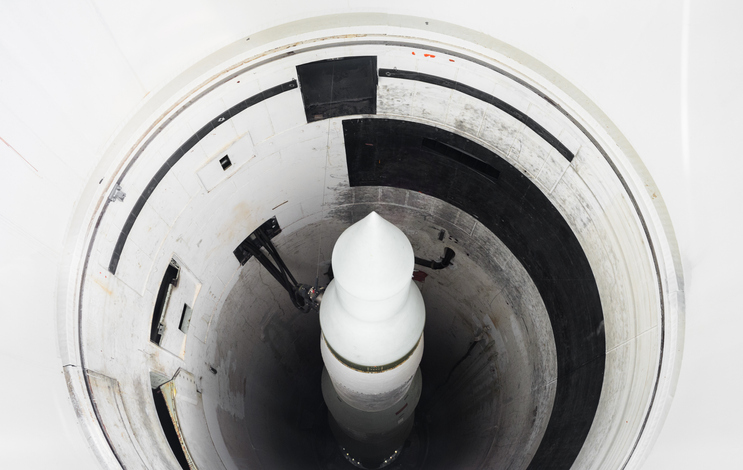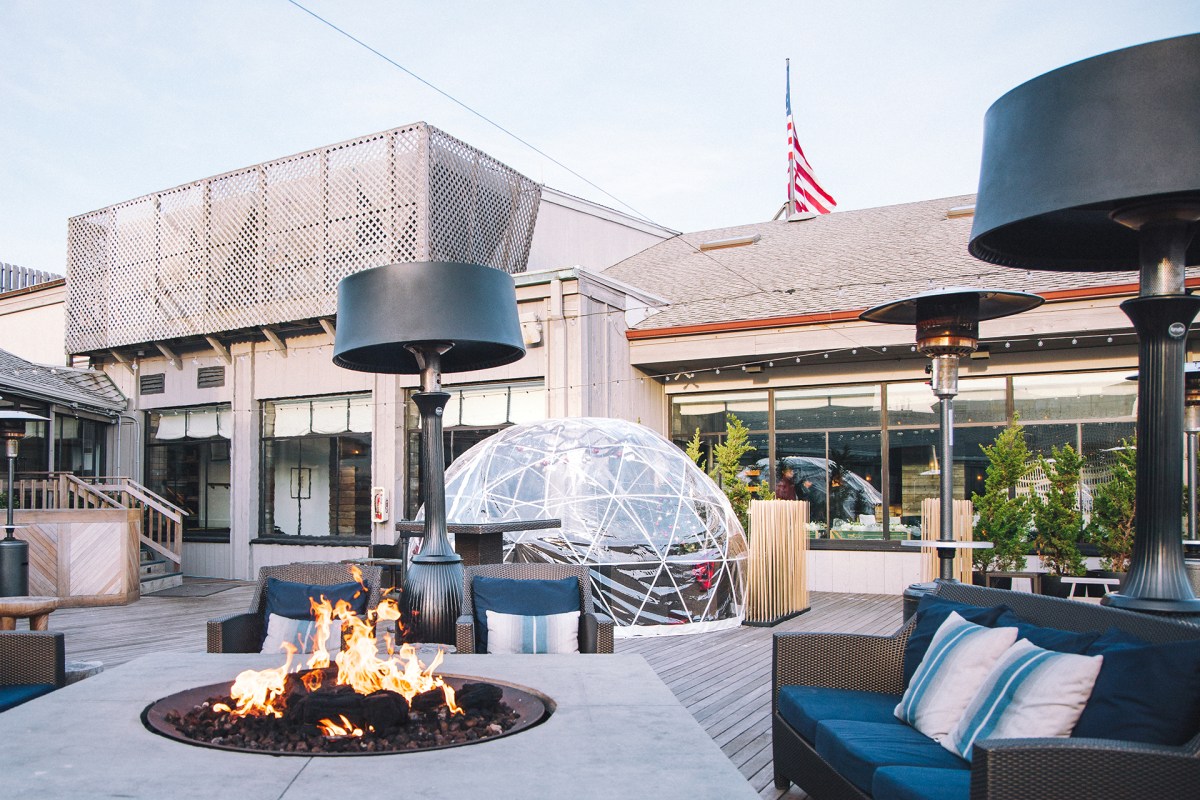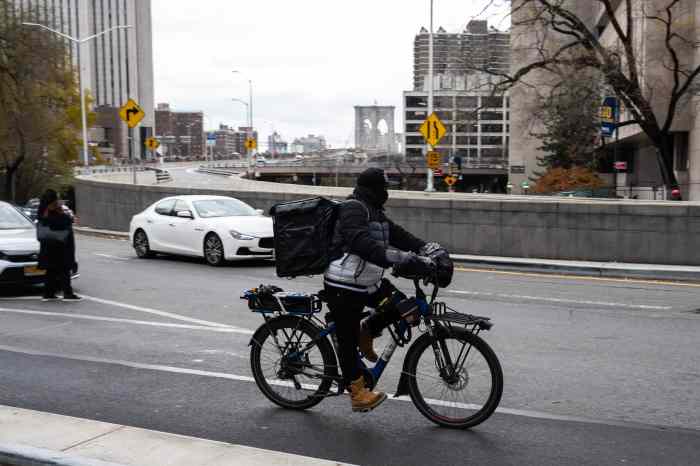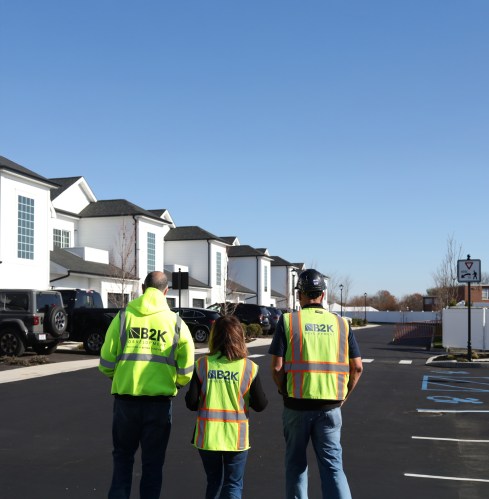As Thanksgiving 2021 comes near, thanks should be given for something that never happened decades ago: the use (as planned) of bases built on Long Island armed with Bomarc and Nike Hercules nuclear-tipped missiles.
It was the 1950s and ‘60s, and the U.S. feared Soviet bombers might strike major American cities and various strategic targets. So, a scheme was hatched to deploy nuclear-tipped missiles.
These were early anti-aircraft missiles and seen as unable to score direct hits. Thus, the plan was to have the nuclear warheads on the Bomarc and Nike missiles detonate when the missiles reached a formation of Soviet bombers, blowing the formation apart.
But these were short-range missiles and if they detonated near Long Island, radioactivity would likely drift to Long Island, and if they detonated over Long Island, radioactive fall-out would certainly rain on Long Island.
The nuclear warheads on the Bomarc and Nike Hercules missiles had massive power. The tips on the BomarcS had the equivalent of 10 kilotons of highly explosive TNT. The atomic bomb dropped on Hiroshima had the power of 13 kilotons. The Nike Hercules warheads ranged up to 30 kilotons.
In a TV documentary I wrote and presented for Long Island-based WVVH-TV, titled Avoiding Nuclear Destruction: By the Skin of Our Teeth, I stood on one of the missile silos at what had been the three-missile Nike base in Rocky Point to explain what had existed. (It’s just off Route 25A, west of William Floyd Parkway, and is now used as an Army Reserve Center.)
Then I went to what had been a Bomarc base along Old Country Road in Westhampton.
Each of the 56 Bomarc missiles that had been in Westhampton had its own building. The roofs of the buildings would open, the missiles would rise and be fired. The buildings remain, along with the machinery in them to open the roofs. (What had been the base is now the property of Suffolk County government, which utilizes some of the buildings for storage.)
With the shift by the Soviets to intercontinental ballistic missiles (ICBMs), the Nike and Bomarc bases were closed. Long Island was not the only place to have Nike Hercules and BOMARC bases. Such bases ringed several inland U.S. cities including Chicago.
The story of the Long Island Nike Hercules and Bomarc bases is featured in a book I co-authored with Christopher Verga, who teaches Long Island history at Suffolk County Community College: Cold War Long Island, just published by The History Press.






























